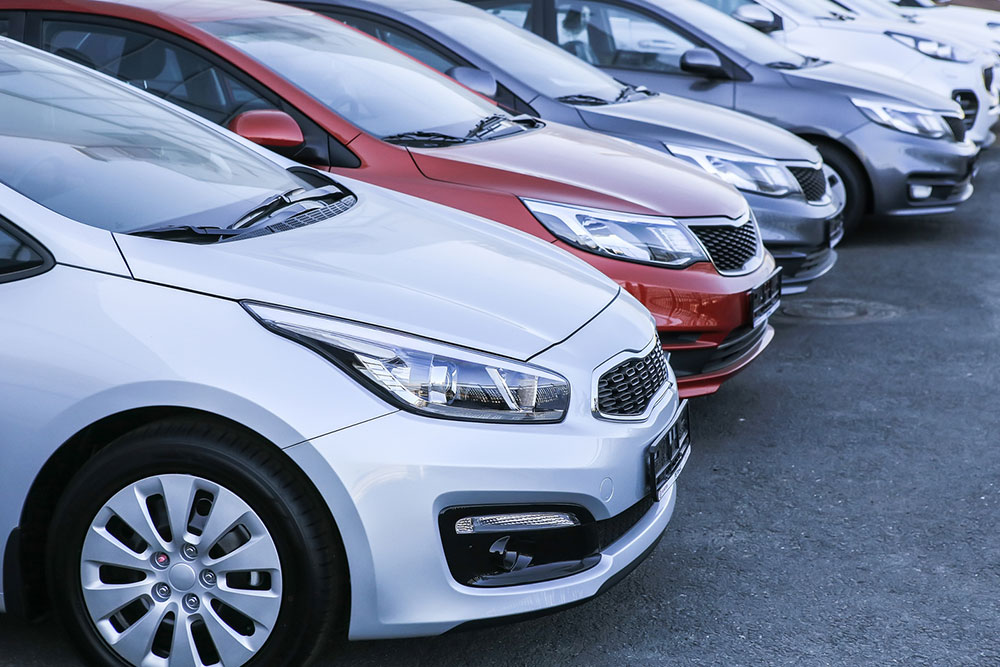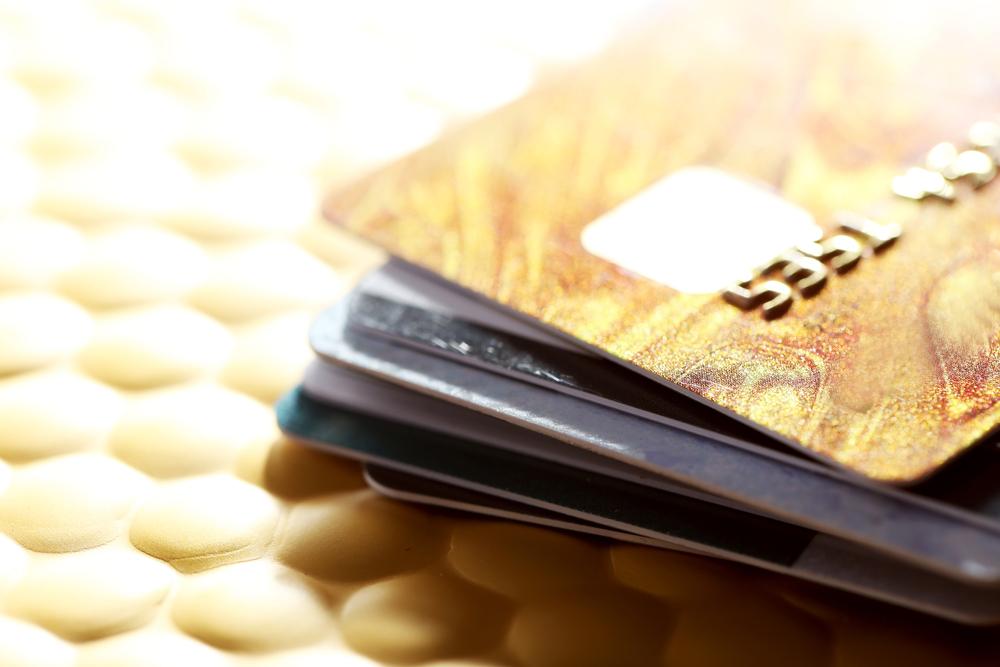Smart Strategies to Buy a Car Without Making an Upfront Payment
Discover comprehensive strategies to buy a car without an initial upfront payment. Learn how to maximize trade-ins, improve credit scores, secure co-signers, negotiate payment plans, and explore alternative financing options. This guide provides practical advice to help you own your dream vehicle without a hefty down payment, making car ownership more affordable and accessible for everyone.

Proven Methods to Purchase a Vehicle Without an Initial Down Payment
Purchasing a car typically requires a substantial upfront payment, often around 10% to 20% of the vehicle’s purchase price. This down payment helps lower the amount financed and reduces the total interest paid over the loan term. However, many buyers seek alternatives to avoid this initial expense. Whether you're cash-strapped or want to preserve liquidity, there are several effective strategies to buy a new or used car without providing an initial payment. This comprehensive guide explores practical options and detailed tips to help you secure financing or pay for your vehicle with minimal or zero upfront costs, making vehicle ownership more accessible for everyone.
1. Maximize Your Trade-In Value for a Better Deal
If you own an existing vehicle, leveraging its trade-in value can significantly reduce your out-of-pocket expenses when purchasing a new or used car. Start by thoroughly inspecting your current vehicle and considering any repairs necessary to enhance its condition. A well-maintained vehicle is more likely to fetch a higher trade-in appraisal, which can act as your initial payment. Auto shops can perform inspections and repairs—such as fixing minor dents, replacing worn tires, or resolving engine issues—that boost your vehicle's value.
Research online platforms and valuation tools like Kelley Blue Book or NADA Guides to determine your car’s current market worth. You can also seek professional evaluations from dealers or independent appraisers. If your trade-in value isn't sufficient to cover a down payment, consider selling your vehicle privately. Private sales often result in higher offers, netting you extra cash that can be used as a deposit on the new car. Remember, the cleaner your vehicle and the better your negotiation skills, the more favorable your trade-in deal will be.
2. Enhance Your Credit Profile for Better Financing Options
One of the most crucial factors in securing a zero-down car loan is your credit score. Lenders evaluate your creditworthiness before approving financing, and a higher score increases your chances of favorable loan terms—even without a down payment. To qualify for such loans, aim for a credit score of 680 or higher. Check your credit reports regularly for errors or outdated information; dispute inaccuracies promptly.
To improve your credit score, pay all bills on time, reduce your credit utilization ratio below 30%, and avoid opening multiple new accounts in a short period. Making timely payments on existing debts shows lenders that you are a responsible borrower, increasing your chances of approval for zero-down financing. Building good credit takes time, so start the process early if you're planning to purchase a vehicle in the near future.
3. Secure a Co-Signer with Strong Credit for Easier Financing
If your credit history isn't robust enough to qualify for zero-down loans, enlisting a co-signer can be a helpful solution. A co-signer is usually someone with excellent credit who agrees to back your loan, assuming responsibility if you default. This additional assurance reduces the lender’s risk, increasing your chances of approval without a down payment.
When choosing a co-signer, ensure they understand the financial commitment involved. Late payments or defaults can impact both your credit histories and strain personal relationships. It's essential to be transparent about your repayment capabilities and plans. Having a trusted co-signer with a strong financial background can open doors to better loan terms, including zero-down options, making vehicle ownership more feasible.
4. Negotiate Payment Terms to Cover Larger Monthly Installments
While many buyers prefer to keep monthly payments low, some lenders are willing to negotiate for higher monthly installments to omit the down payment entirely. This approach allows you to finance 100% of the vehicle's cost upfront, eliminating the need for a lump sum deposit.
Consider that choosing higher monthly payments might mean paying more interest over the loan period. Before proceeding, carefully calculate the total cost and determine whether the increased payment fits within your budget. Negotiating flexible terms with the dealer or lender can help you attain a zero-down deal that aligns with your financial situation. Also, be aware that longer loan terms with higher installments can increase overall costs, so weigh the benefits against your long-term affordability.
5. Shop Extensively and Look for Special Financial Promotions
Different lenders offer a variety of financing options, and shopping around is vital to find the best deal. Banks, credit unions, online lenders, and dealership-specific financing programs all have varying interest rates and terms, especially when it comes to zero-down or low-down payment offers.
Pay attention to seasonal promotions, sales events, and manufacturer rebates, which sometimes include zero-down financing as an incentive. Comparing multiple offers allows you to negotiate better terms or take advantage of promotional deals. Always review the fine print, including interest rates, loan duration, and penalties, to ensure the deal fits your financial goals. In some cases, you might find that a combination of incentives and favorable loan terms makes buying a car without an initial payment entirely achievable.
6. Use a Credit Card as a Short-Term Solution
Some dealerships may accept credit card payments for car purchases, offering a quick way to bypass traditional financing routes. While convenient, this method is often accompanied by high processing fees and increased interest rates if you do not pay off the balance quickly.
If considering this approach, ensure your credit limit is sufficient to cover the purchase price. Keep in mind that high credit card balances can temporarily lower your credit score and may impact your ability to get favorable loans later. Use this method sparingly and focus on paying off the credit card balance promptly to avoid accruing substantial interest charges.
7. Consider Alternative Vehicle Options and Leasing
If traditional financing proves challenging, alternative options can help you get a vehicle without a hefty initial payment. Buying a used car, which typically costs less than a new one, makes zero-down financing more accessible. Many dealers offer special programs for used cars, including lease-to-own schemes or leasing options with lower upfront costs.
Leasing provides flexibility, often requiring little to no initial payment, with the advantage that you can upgrade your vehicle more frequently. Car subscription services are also emerging as a convenient alternative, allowing you to pay a monthly fee for use without ownership responsibilities. These options give you time to save for a future purchase or build your credit profile before committing to a traditional loan.
In summary, although saving for a large down payment remains the most straightforward approach to reducing monthly loan costs, various strategies can facilitate purchasing a vehicle without an upfront payment. Focused efforts on improving your credit, leveraging trade-ins, exploring flexible financing options, and considering alternative vehicle arrangements can make ownership more accessible. Patience, smart planning, and diligent research are your best tools to achieve your vehicle goals without the need for immediate large payments.





